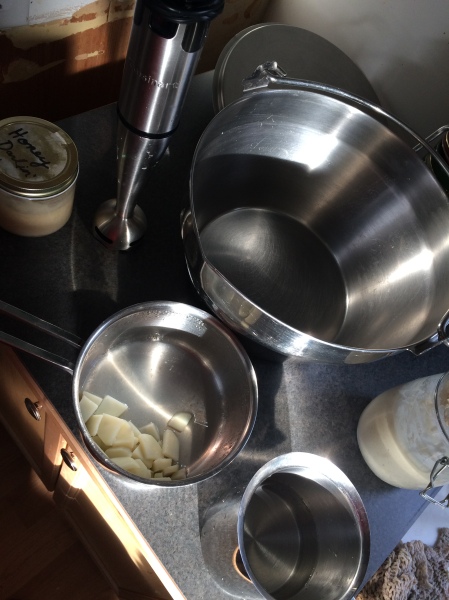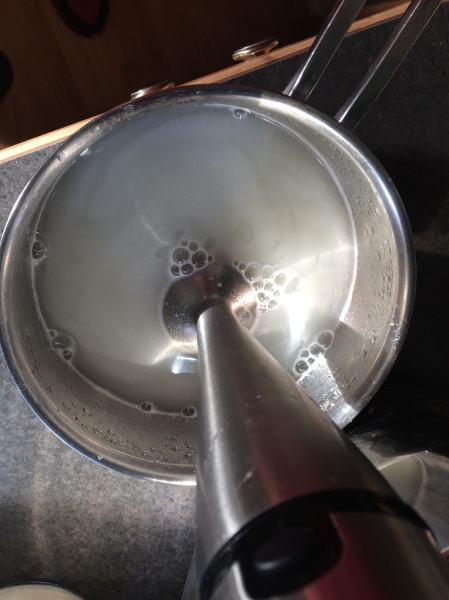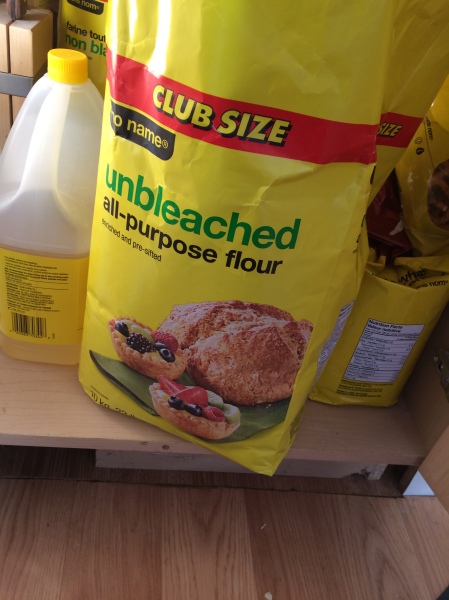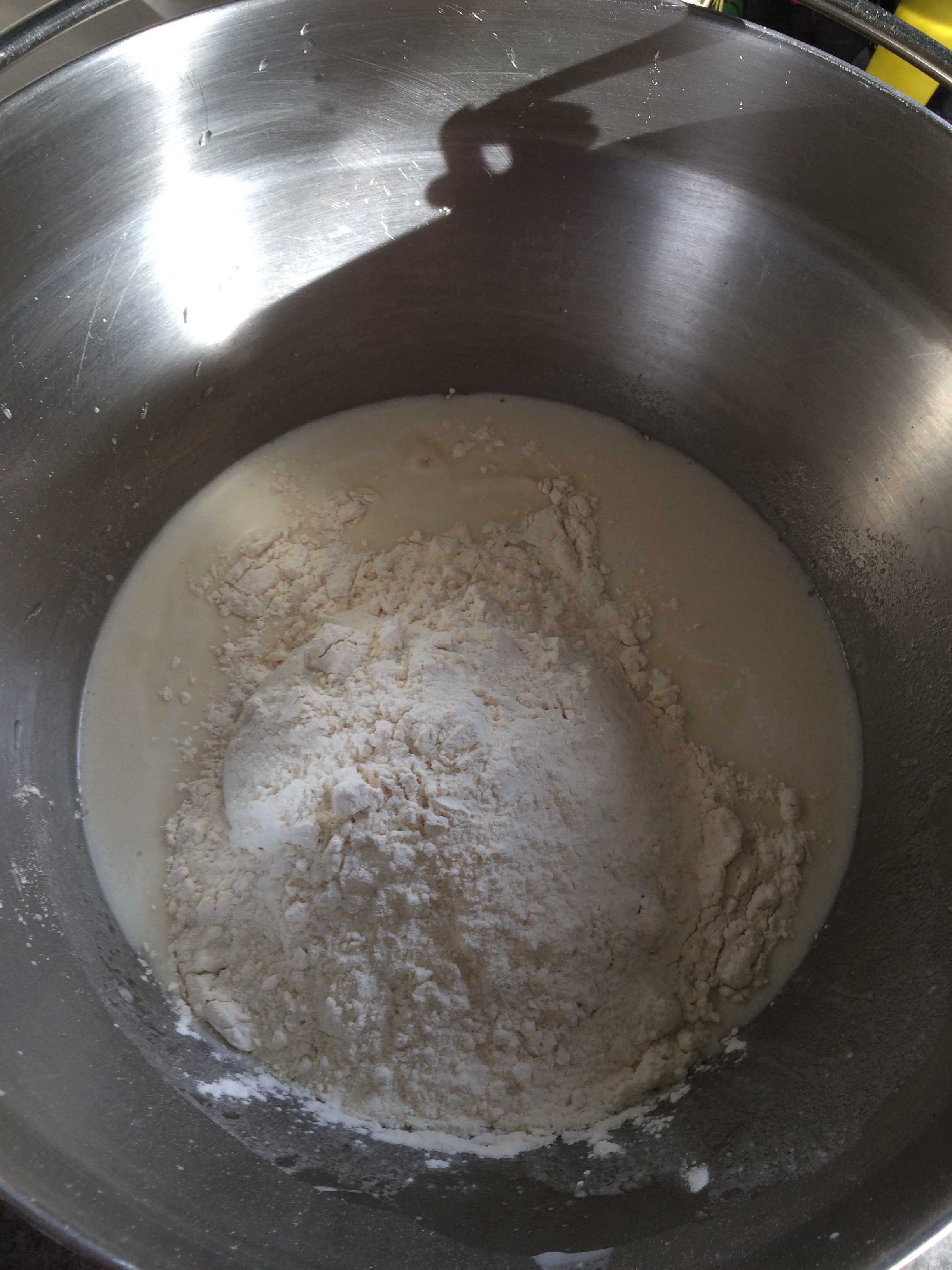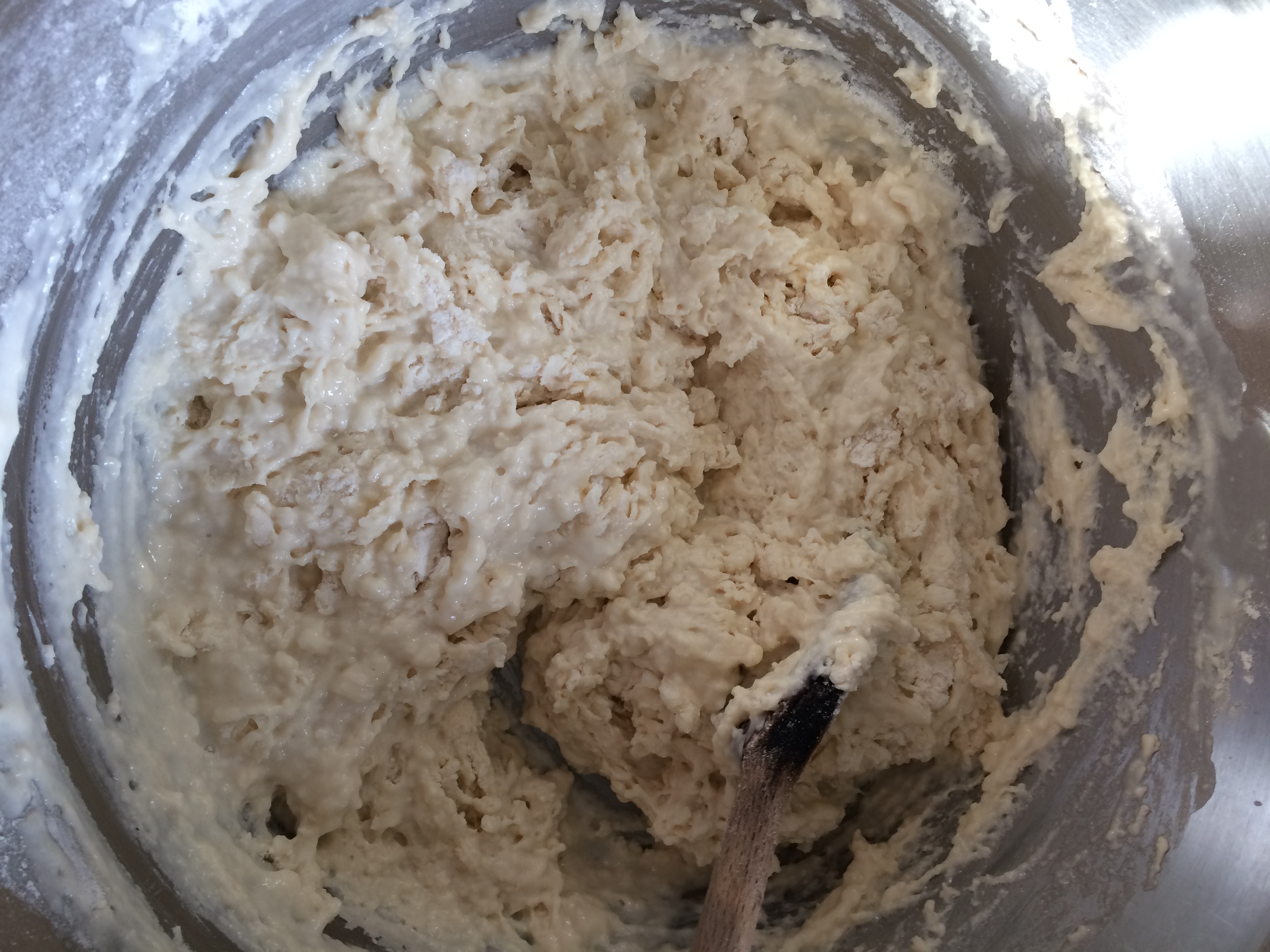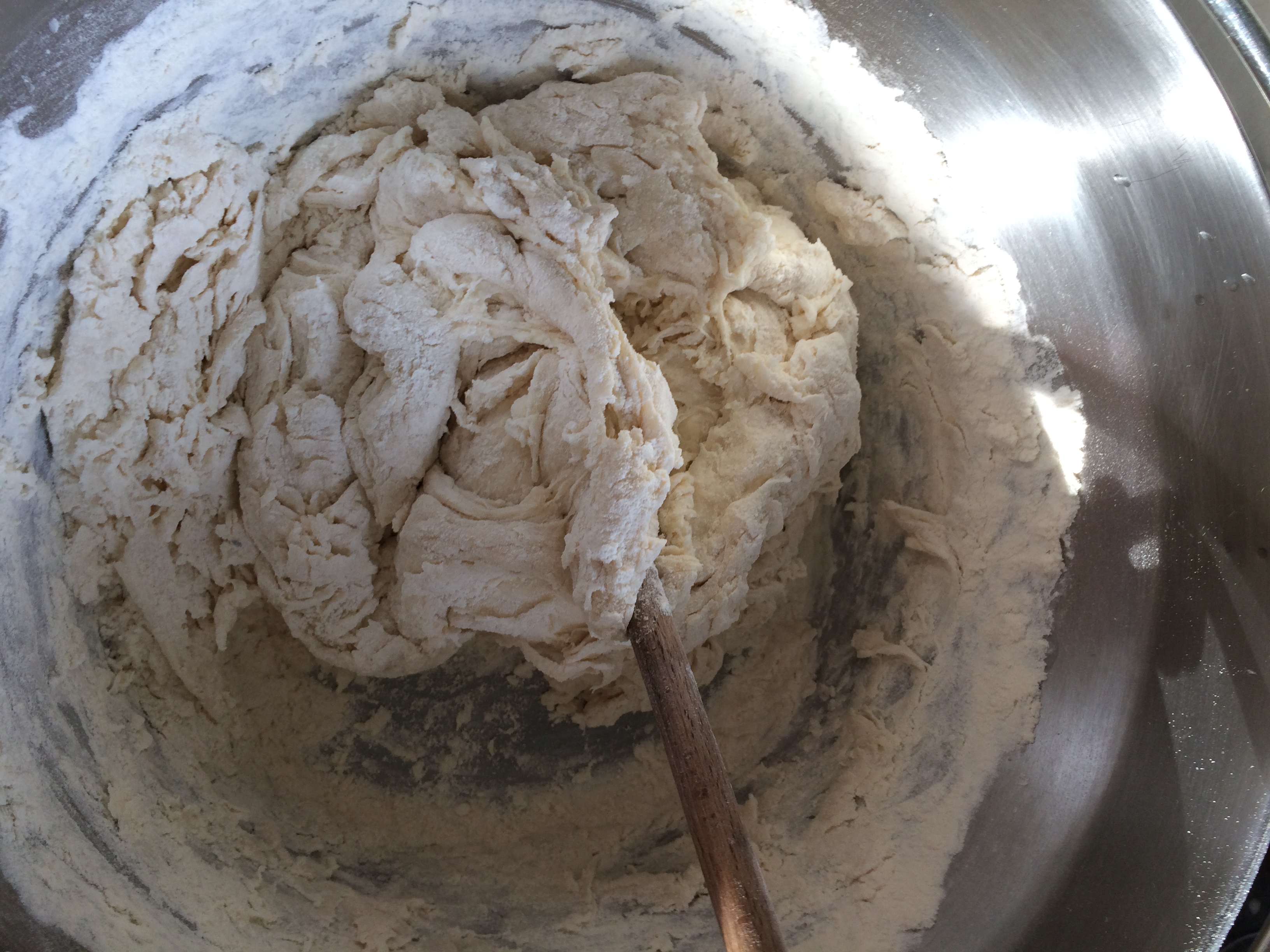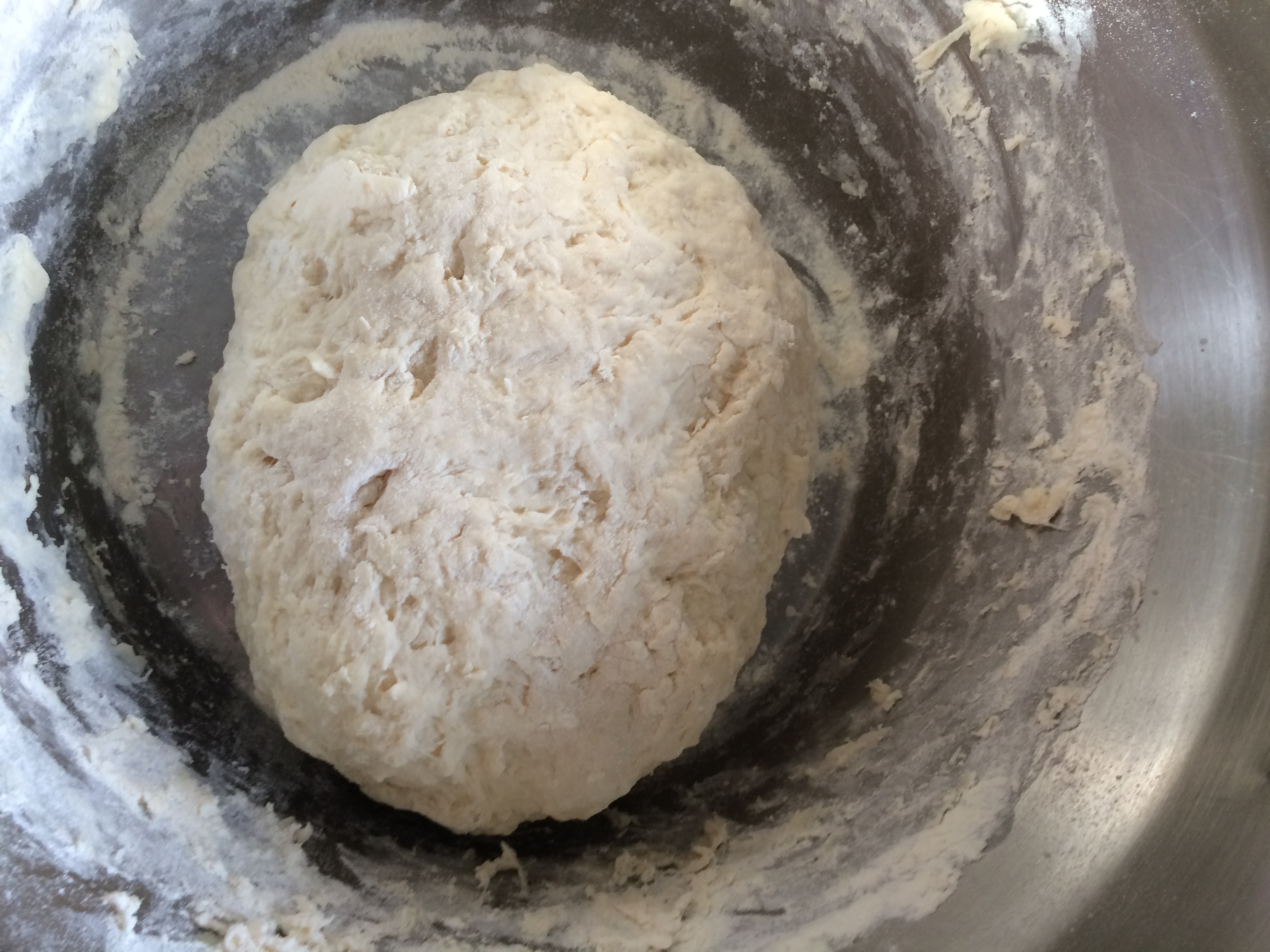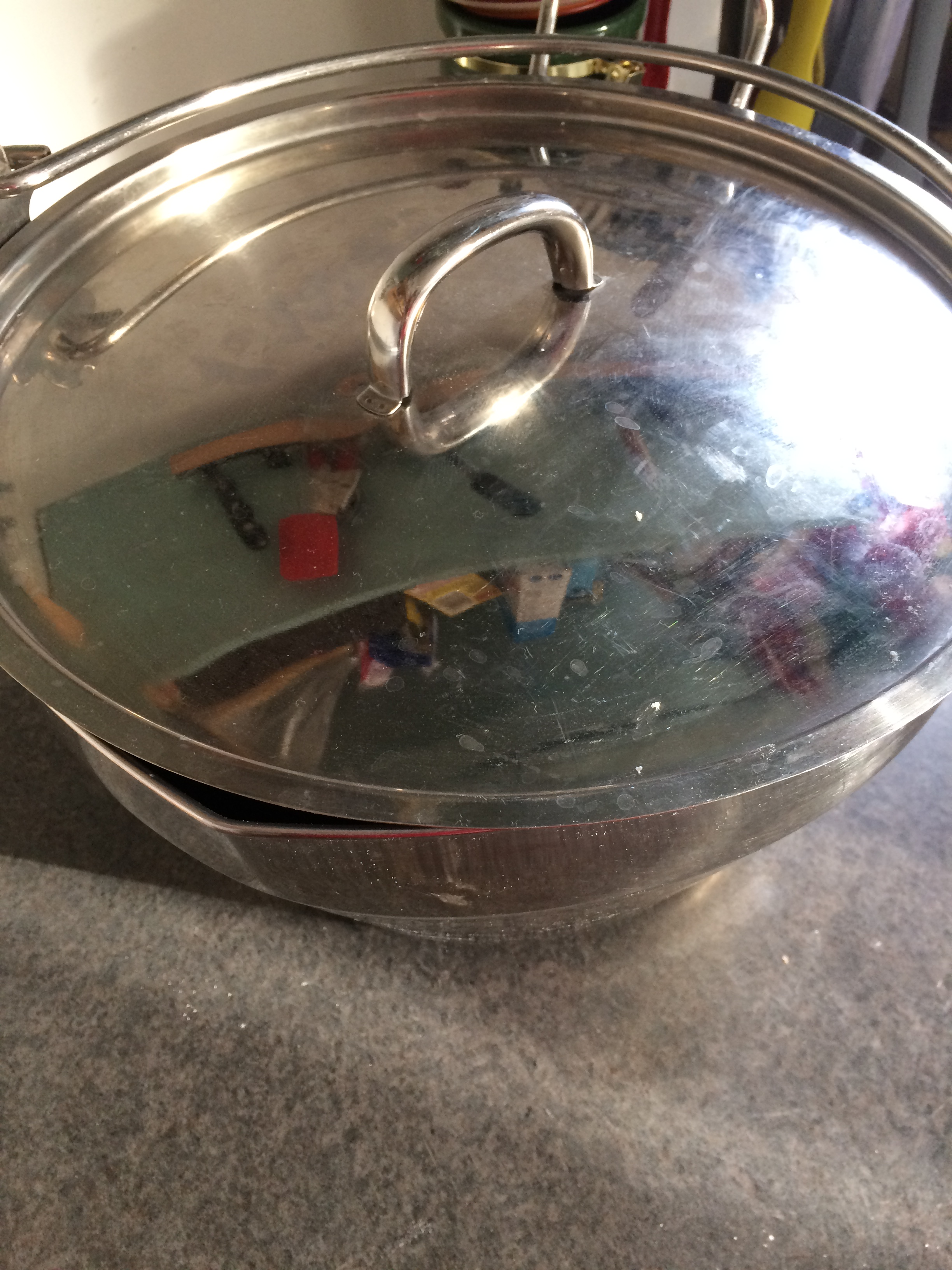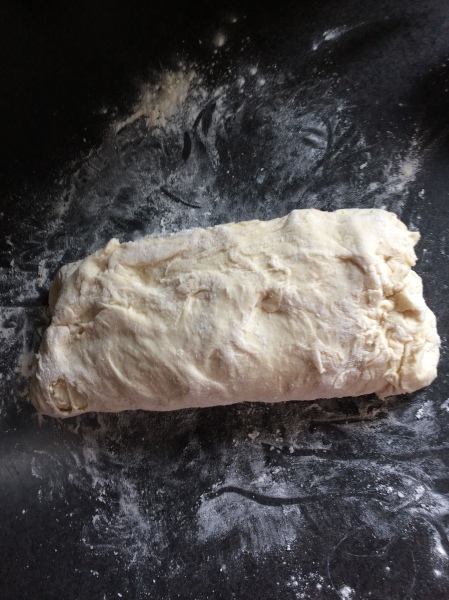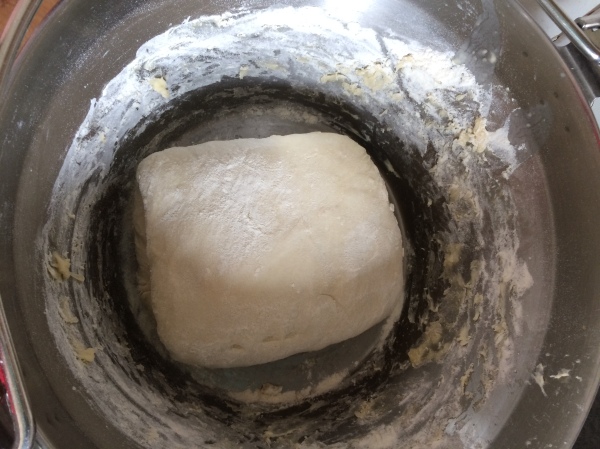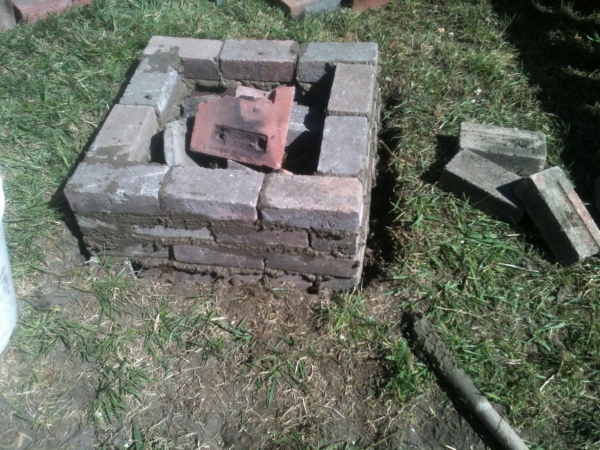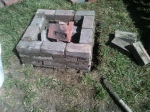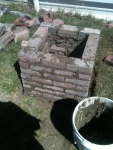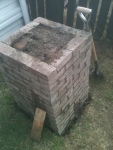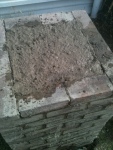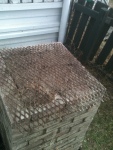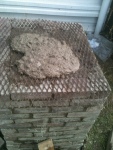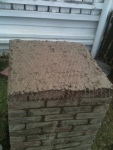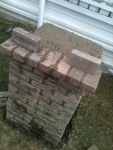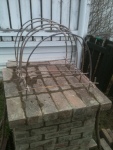This is how I make kimchi. My two year old calls it “kimpachi.” He doesn’t like it yet. Maybe when he’s older he will. It’s too spicy for him now. Here’s the youtube video I learned (and adapted) from: Maangchi’s Kimchi Regular kimchi is made with the entire head of napa cabbage quartered instead of chopped, but this is “mak” kimchi, which is easier and quicker.
It takes a bit more than an hour and a half to prepare, and seven or so days to ferment, although you can eat it as soon as you make it. 🙂

Ingredients:
Napa cabbage
Kosher (or other coarse) salt
Fish sauce and/or soy sauce
Water
Starch (I use corn starch but you can use rice flour or even white flour.)
Vegetables: Garlic, green onion, carrot, radish, ginger. Other options I often use: red sweet pepper, kohl rabi, celery.
Spices: hot red pepper flakes, powdered cayenne pepper, paprika
Sesame seeds (optional)
Large glass jars or other appropriate containers with fairly tight fitting lids. (I wouldn’t be inclined to use metal, wood or plastic.)
First, chop the cabbage. Cut a little off the bottom where it’s a bit nasty. Then with a good sharp knife cut a slit about two or three inches deep across the middle of the bottom. Then gently pull the entire head in half. Do the same with each half, so you will have quartered the cabbage.
Next, slice each quarter of the cabbage lengthwise, about an inch or 1-1/2″ apart, without cutting into the core- so all the leaves will be more or less still attached. Then slice them the other way, about an inch wide, and put it in a huge bowl or pot, or as I do, in a clean kitchen sink. Then rinse all of it with water and let it drain for a few minutes.
Once it has drained, close the drain (or at least have it in a bowl or pot) and sprinkle all the cabbage with the coarse salt- at a ratio of about one cup of salt to 10 lbs of cabbage. Mix it well.
Set a timer for half an hour.
At the end of half an hour mix the cabbage and salt thoroughly with your hands.
Set the timer for a second half hour.
At the end of the second half hour stir it again.
Set the timer for the third half hour.
At the end of the third half hour the cabbage will have shrunk a lot and absorbed a lot of the salt. In the meantime…

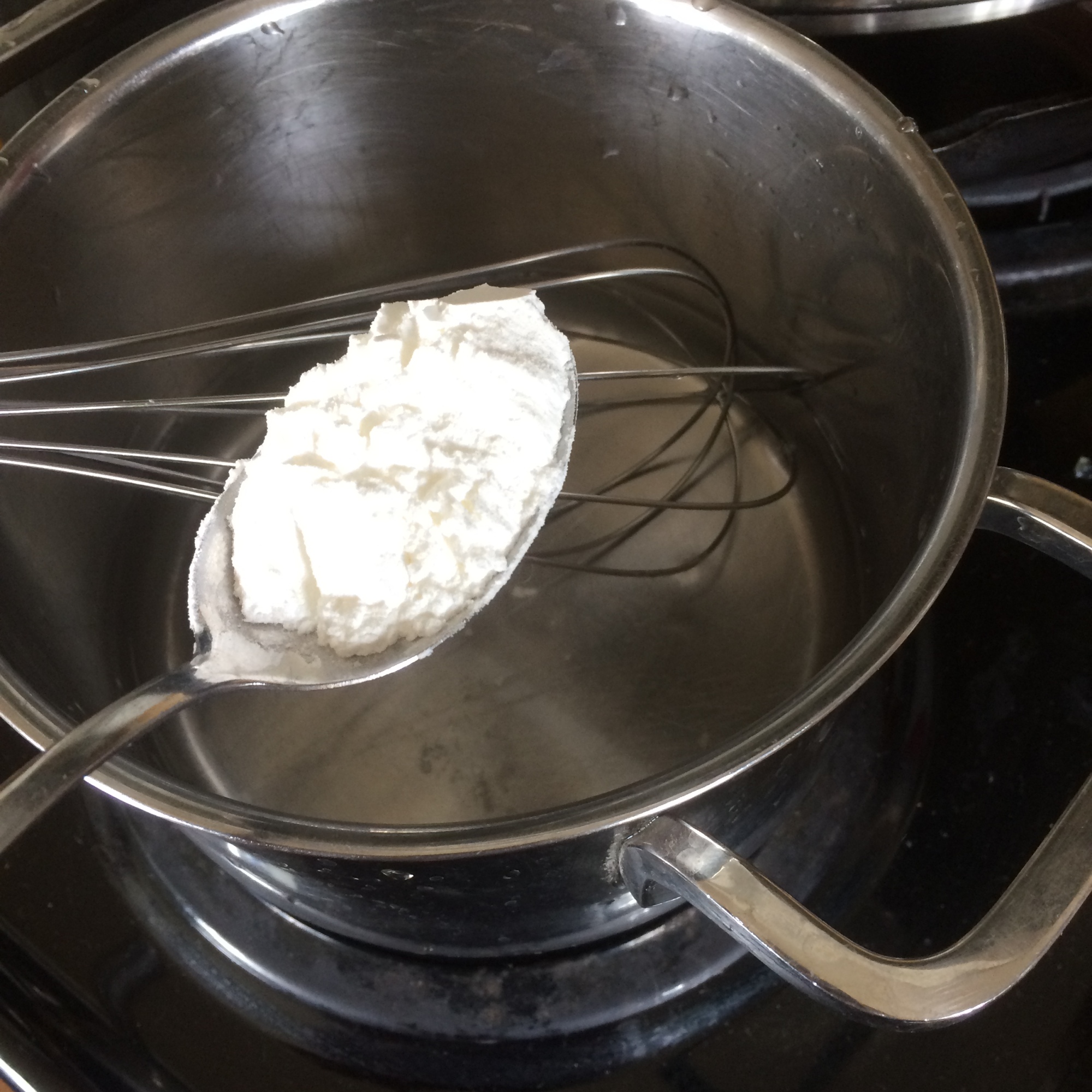
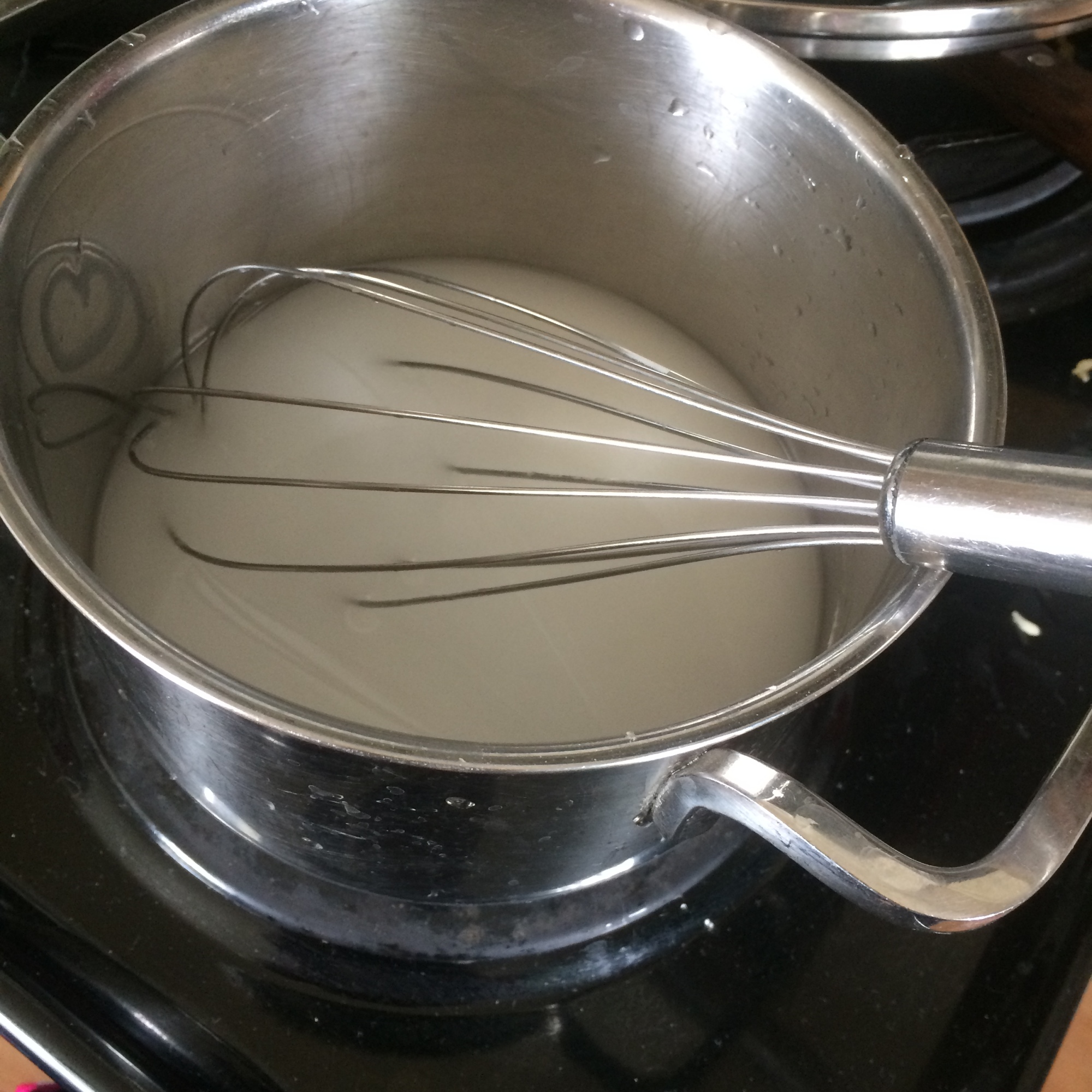

While the cabbage and salt are sitting for the hour and a half, make the “porridge” and chop the rest of the vegetables.
The porridge is the liquid that the vegetables will be immersed in. Maanchi makes it a lot thicker. I think mine could be better a bit thicker too, but since it’s not the traditional kimchi with the entire leaves of cabbage, this works alright being a bit thin.
Use about 3 cups cold water to 10 lbs cabbage. Put it in a pot with starch. I use cornstarch. Whisk it and boil it so it thickens. Maanchi uses sugar. I never have and we like it anyway. Then let it cool.
Once it has cooled, add the fish sauce or soy sauce (or a combination) at a ratio of 1 cup to 10 lbs cabbage.
Then add the spices. I use maybe a few teaspoons of hot pepper flakes, a couple teaspoons of cayenne pepper, and a few teaspoons of paprika. The paprika is for colour. The other two are for the spice. If you don’t like it so spicy then don’t use as much of the hot ones.

While the porridge cools, chop the vegetables. (You might notice that I’m already putting them directly in the porridge in these photos. By the time I can get to the chopping the porridge has already cooled.)
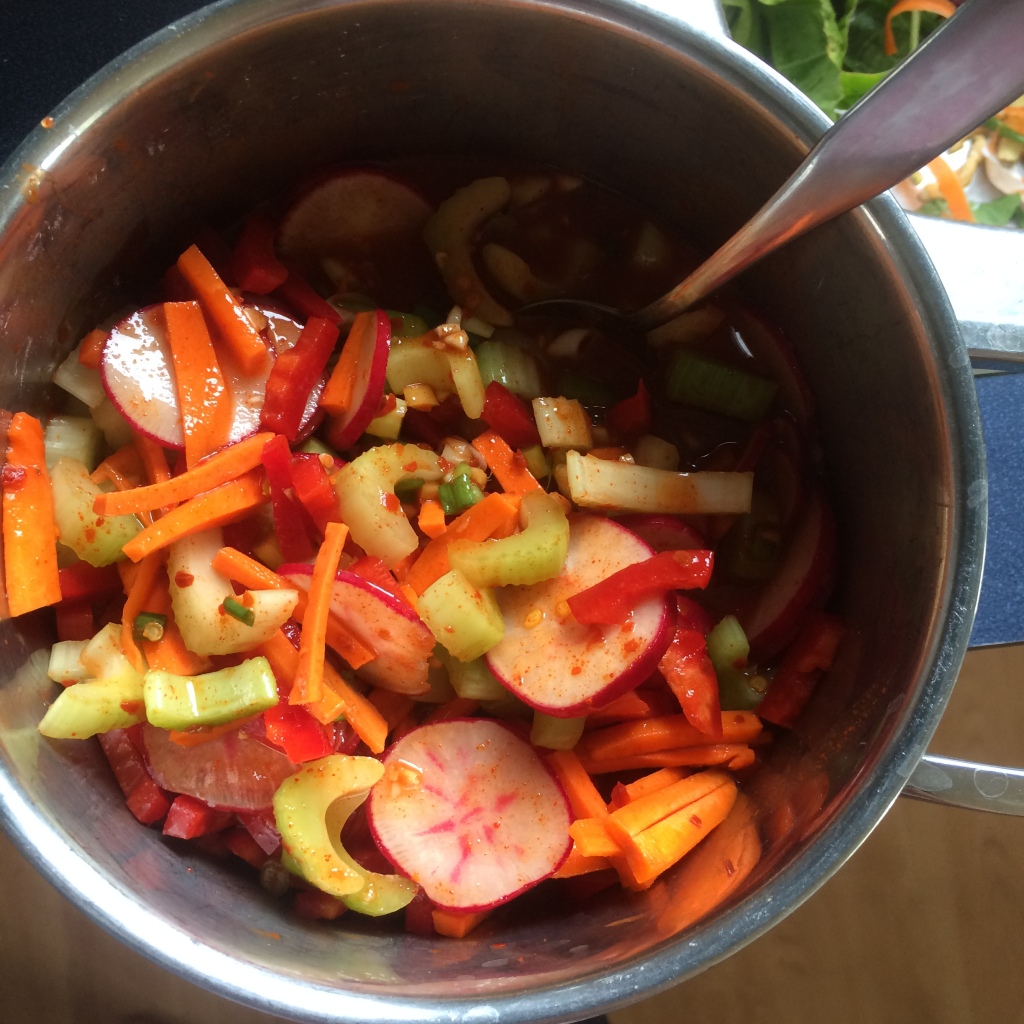
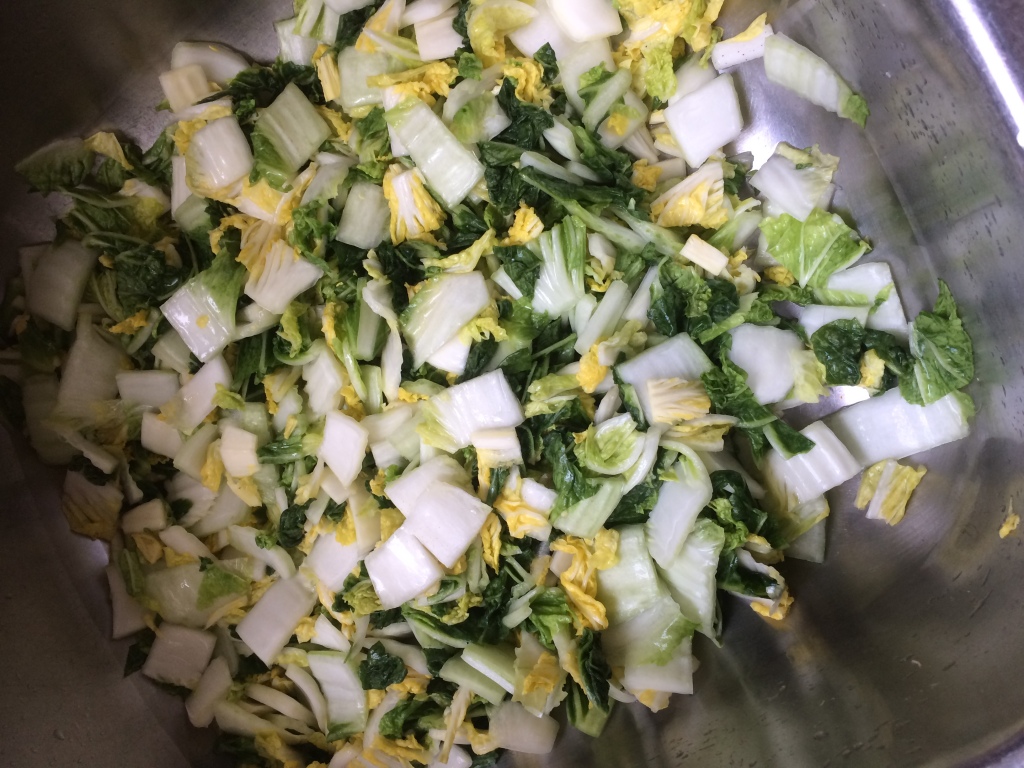
Now when the cabbage has soaked with the salt for the hour and a half, rinse it well with cold water and let it drain.

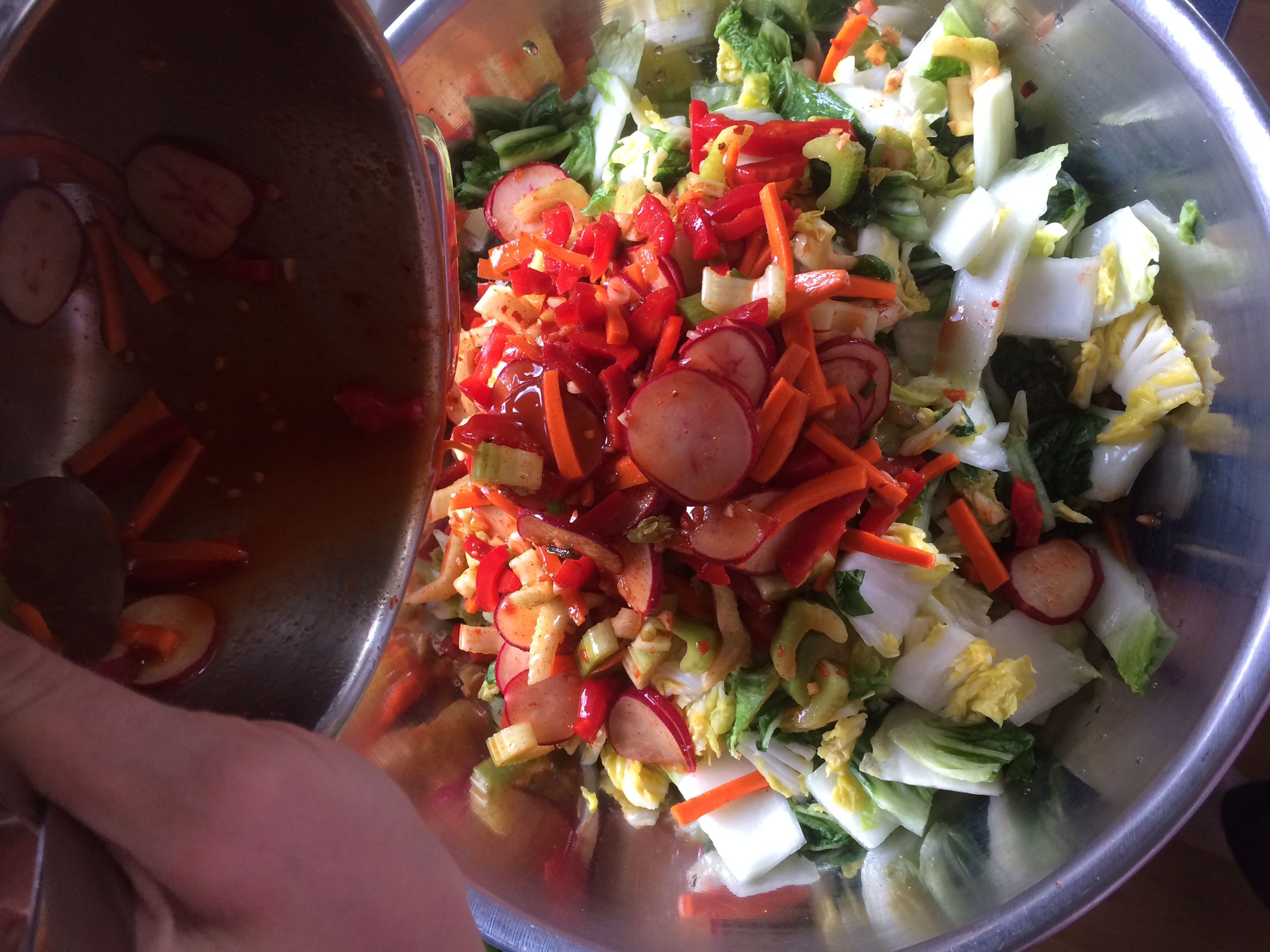
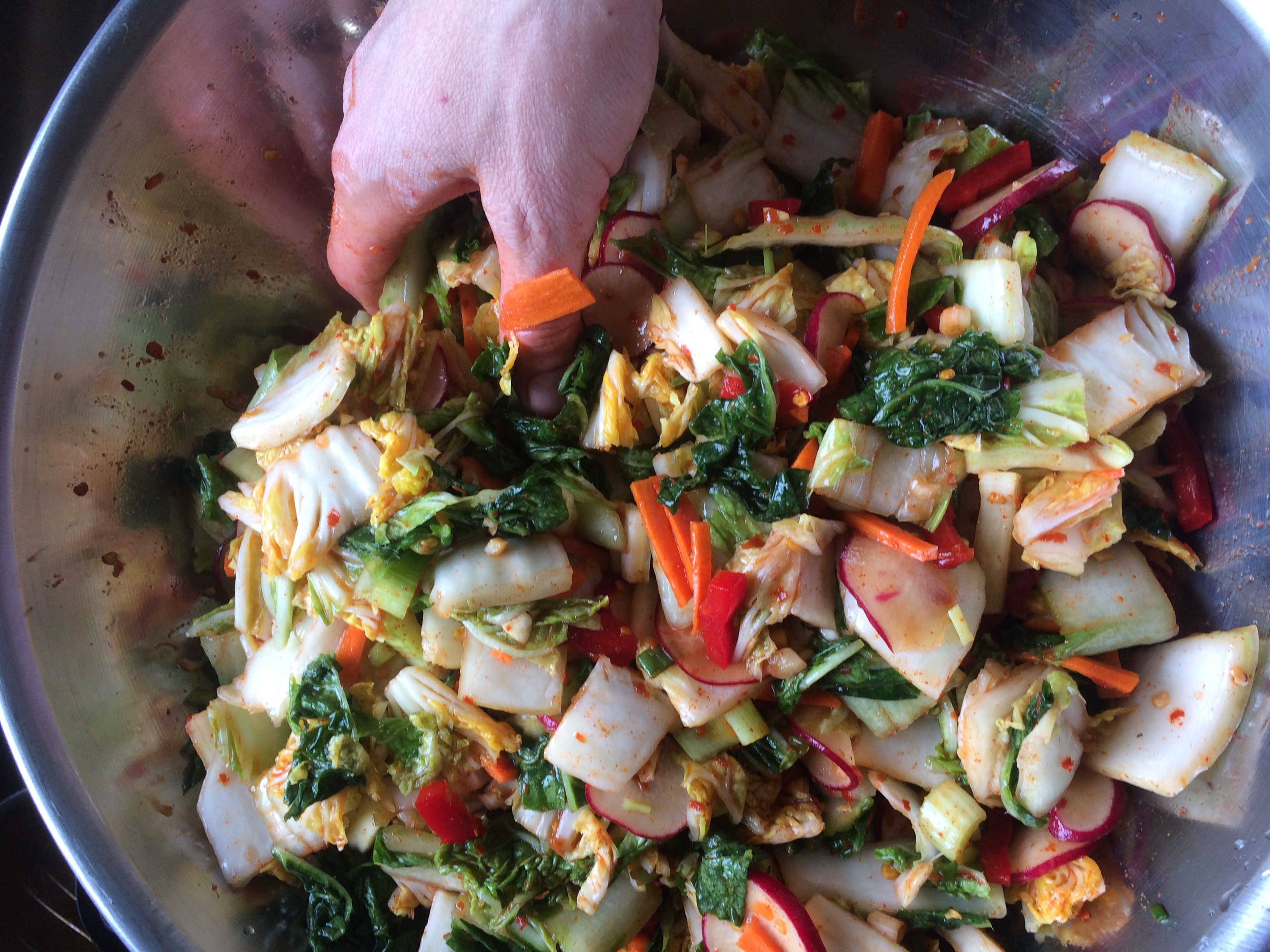
Mix the well-drained cabbage with the porridge and vegetables. This time I mixed them in a big bowl; with larger batches I sometimes just pour the porridge and vegetables into the cabbage in the sink after it has drained (with the drain closed!) since it can hold a lot and you only lose a little of the liquid in the drain area.
And finally, stuff it into the jars! Try to make sure that there aren’t too many bubbles around the vegetables- you want them surrounded by the juices. Leave a little space at the top because it will get bubbles in it and possibly overflow when it ferments. Put the lid on and set it in a safe place on the counter.
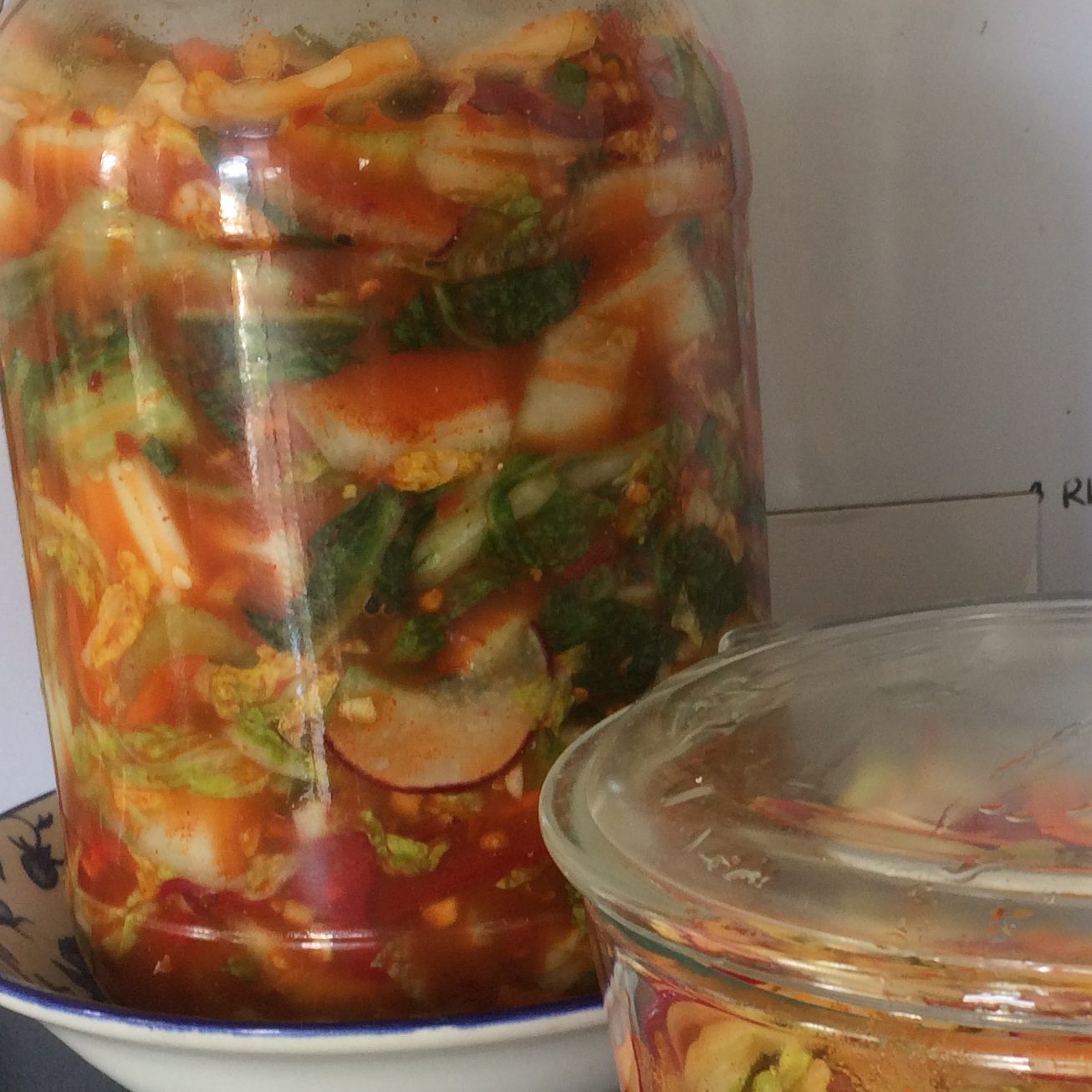
All done for now! You can eat some right away, but make sure the utensil you use to scoop it out with is always a clean one- you don’t want other weird stuff growing in there!
Leave it on the counter (you may want to have another dish under it in case it does spill over during fermentation.) Depending on how fermented you want it and how warm it is in your house, it takes about a week for it to ferment. After that keep it in the fridge. It will keep for months in the fridge.
If it gets a little mold on top you can just scrape off a layer.
We like to eat kimchi with rice or other rice dishes, scrambled eggs, and macaroni and cheese. You can add some to a soup or stir-fry, and I really like using the juice to make a stir-fry sauce: I put a large tablespoon of honey in the pan with the fried meat and veggies, and separately mix some kimchi juice with soy sauce and some cornstarch. Then I pour the mixture into the pan and stir it all up on medium heat (right in with the veggies!) until it’s thickened. Yum yum!
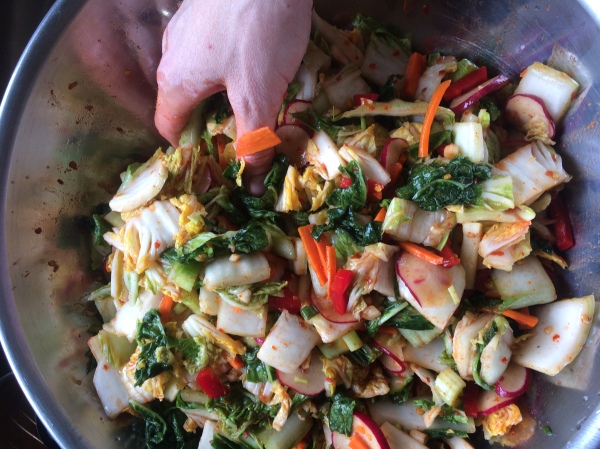

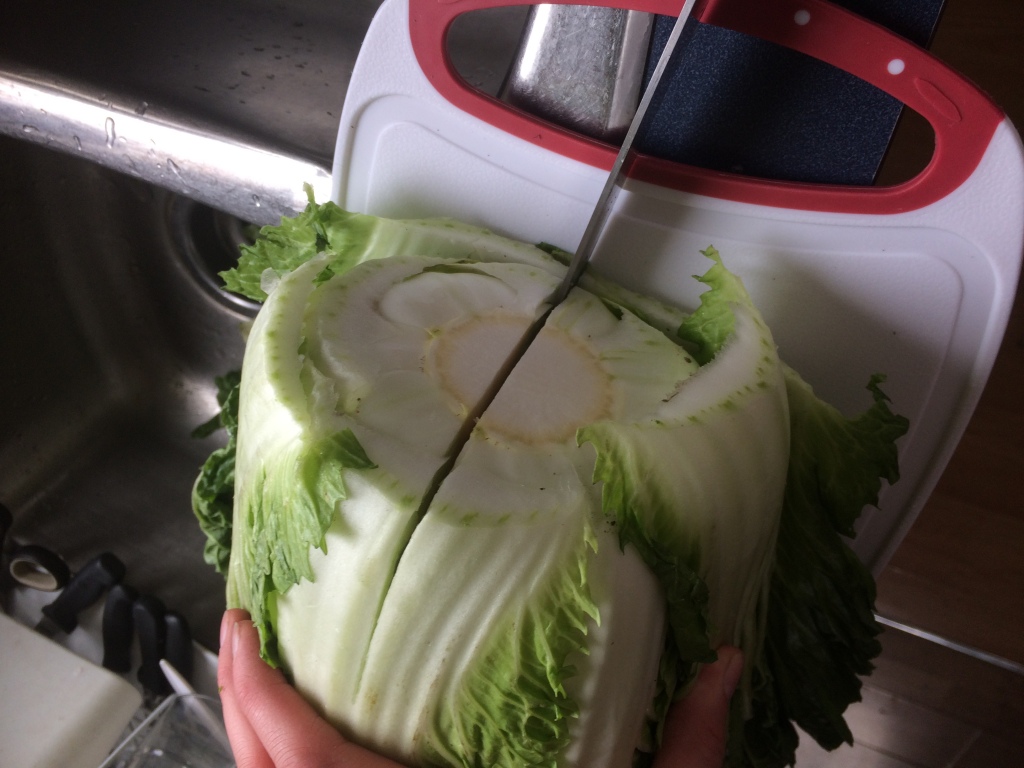

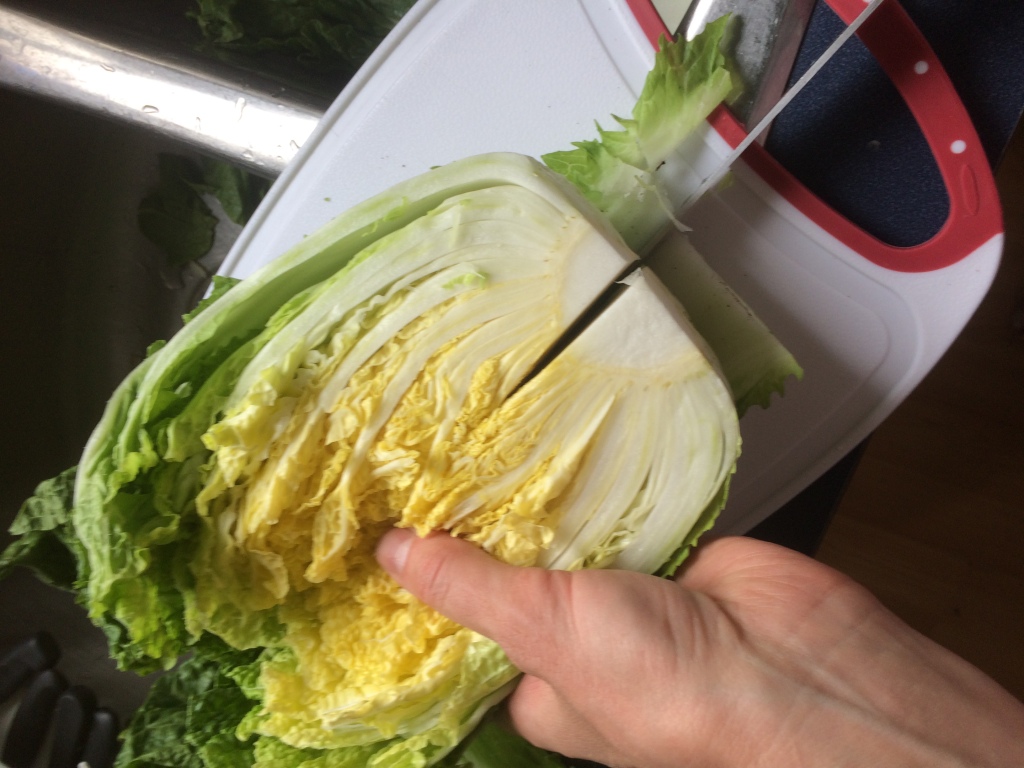





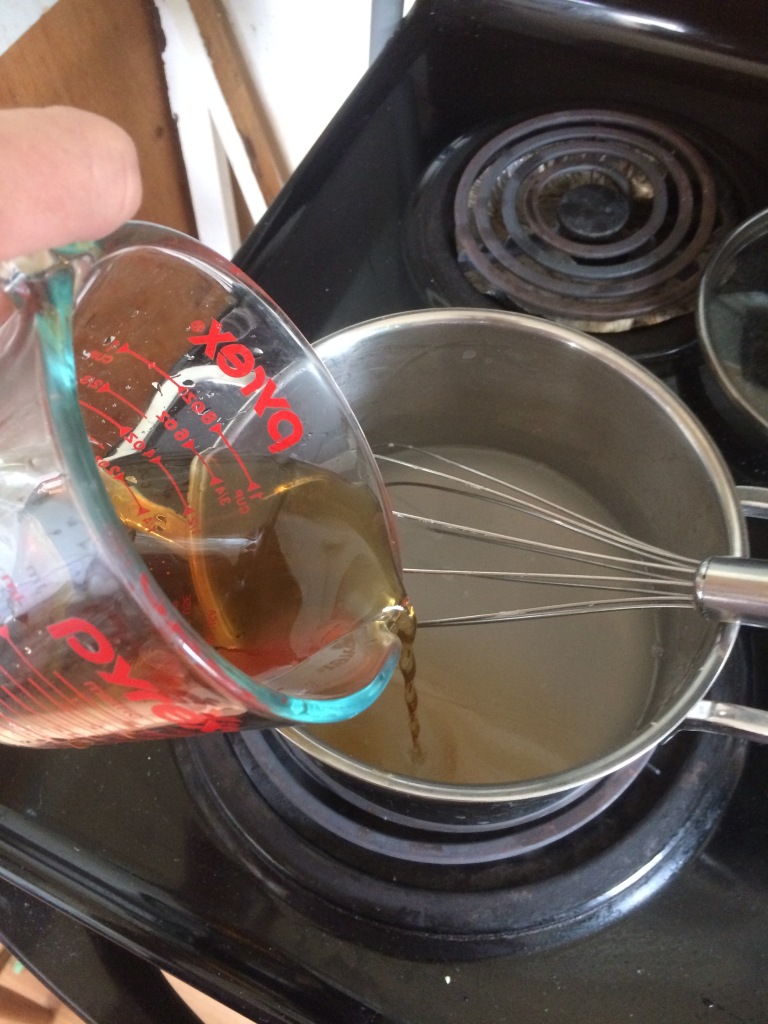
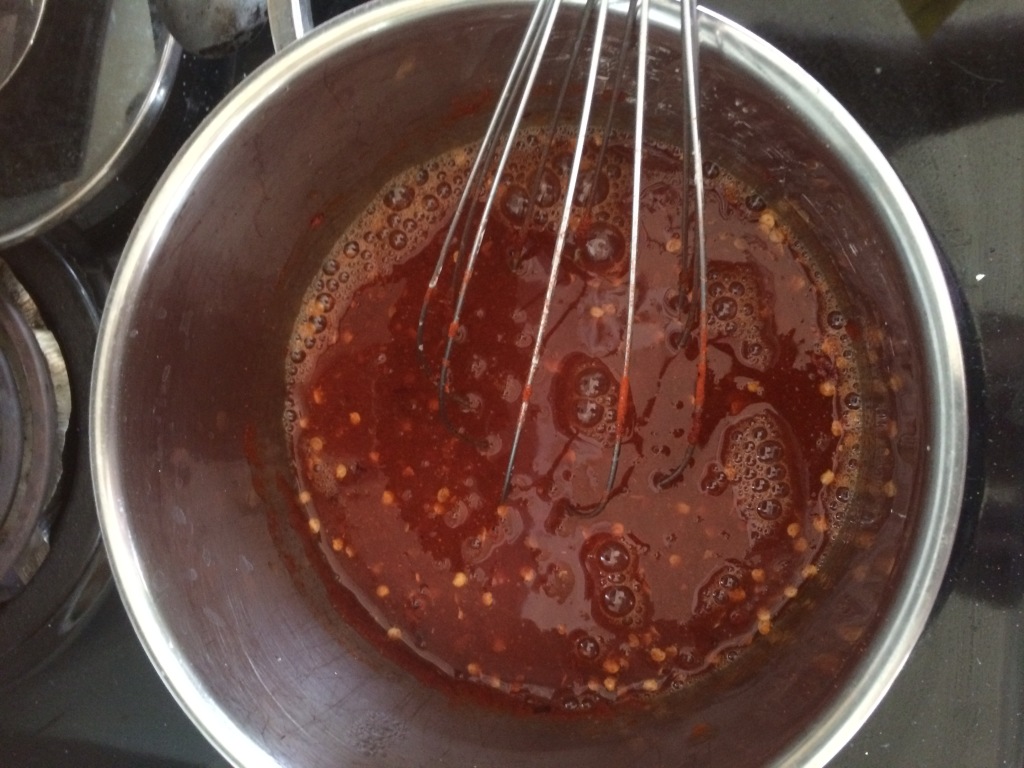

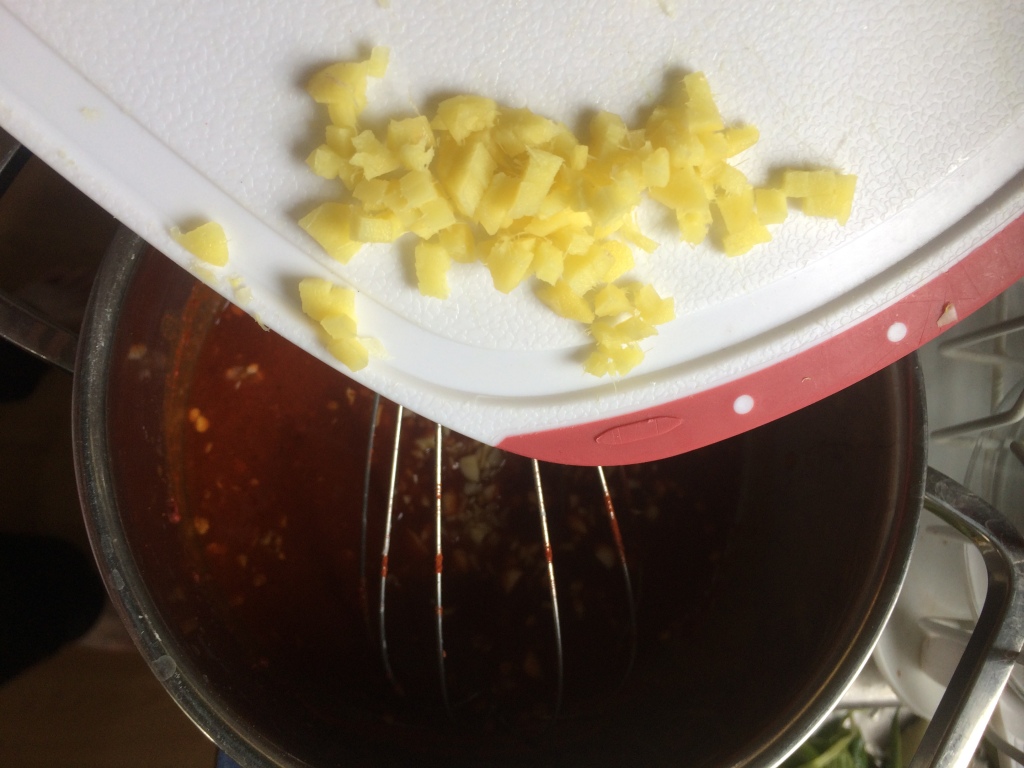






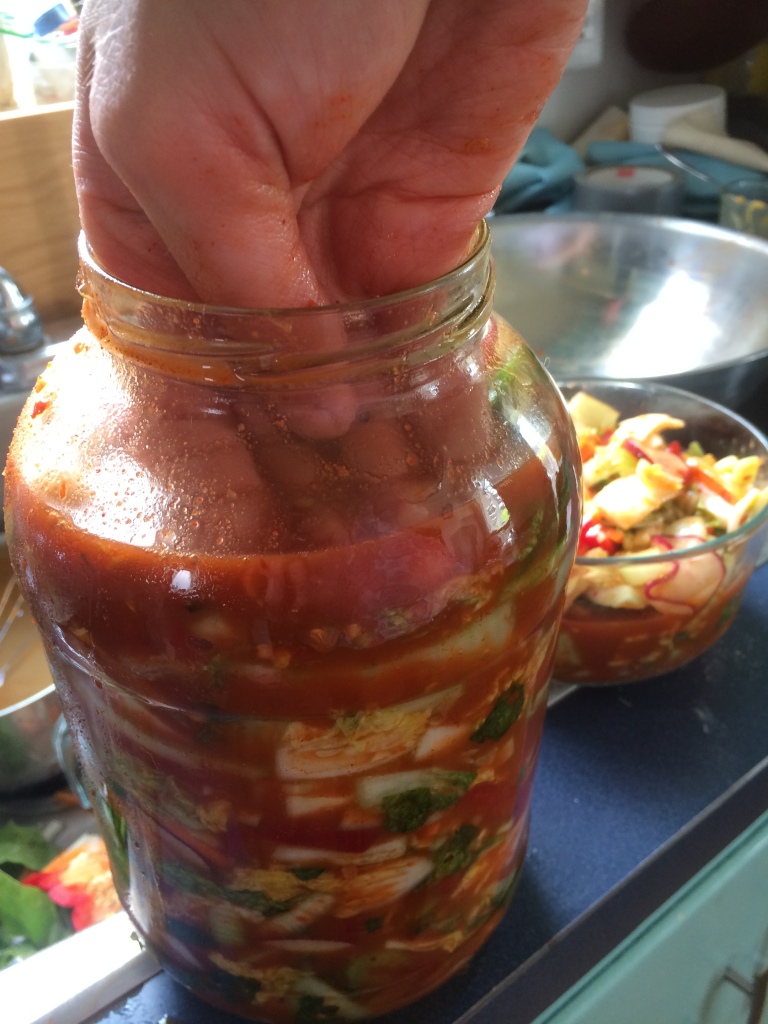

















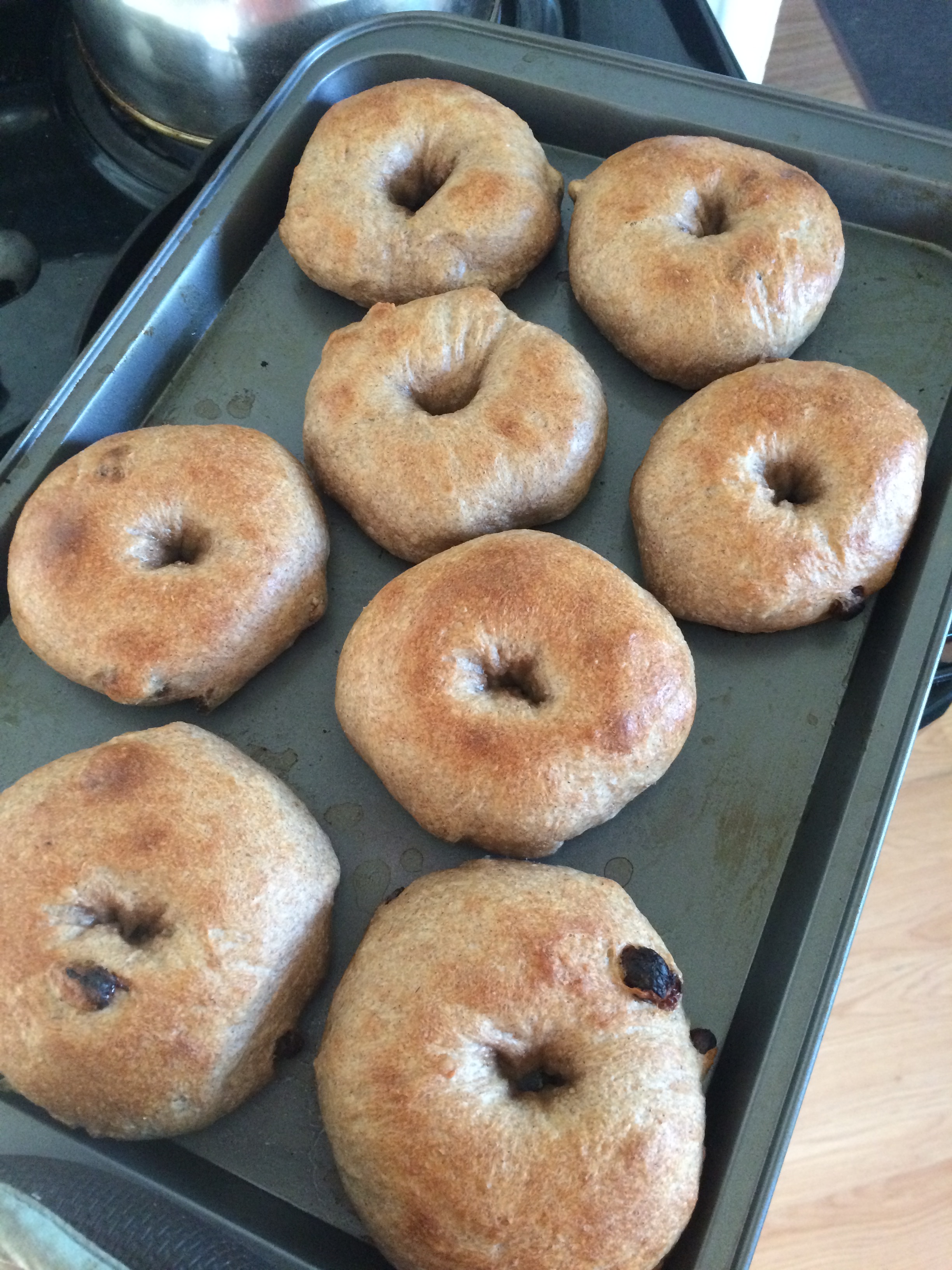

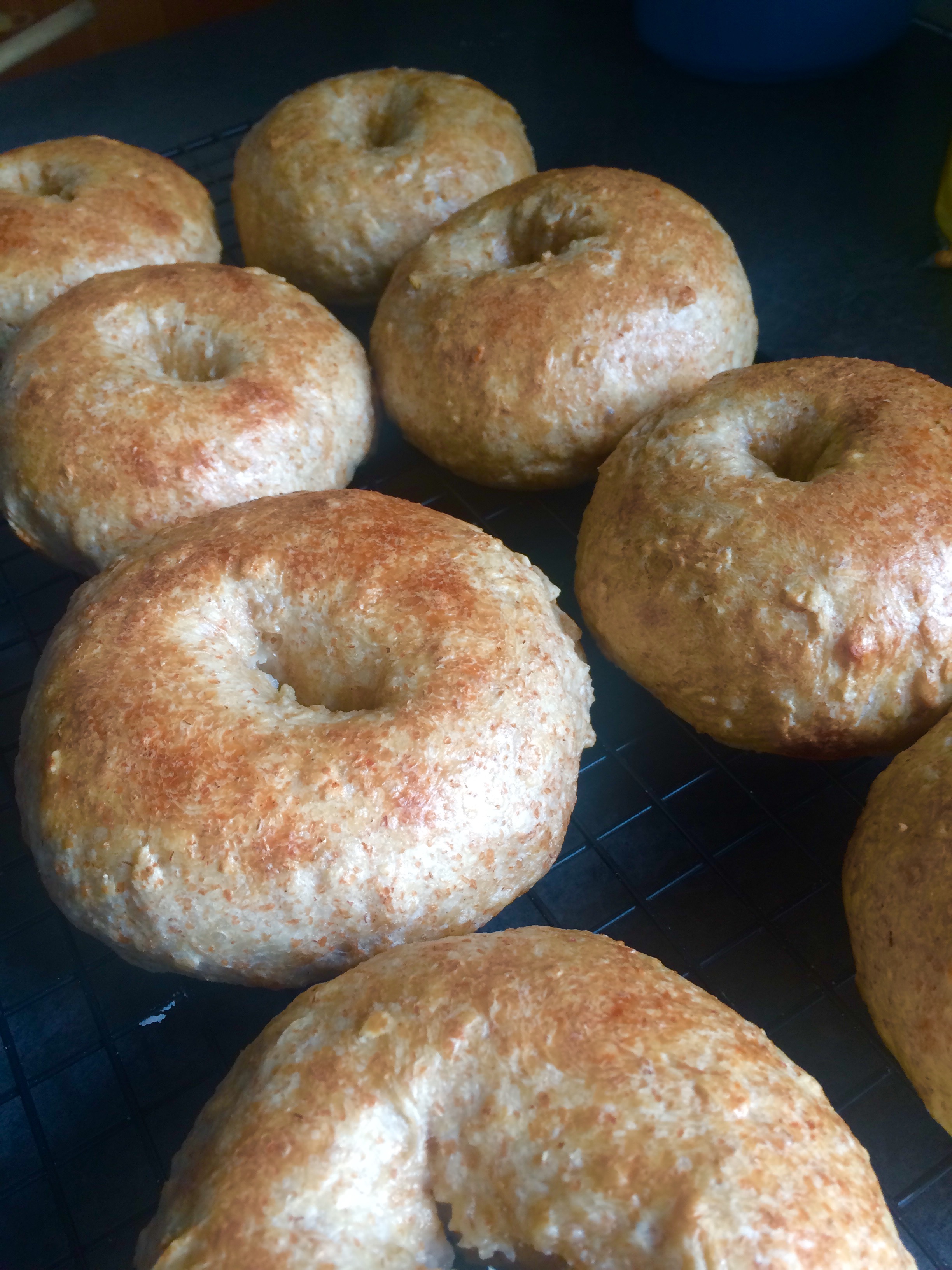

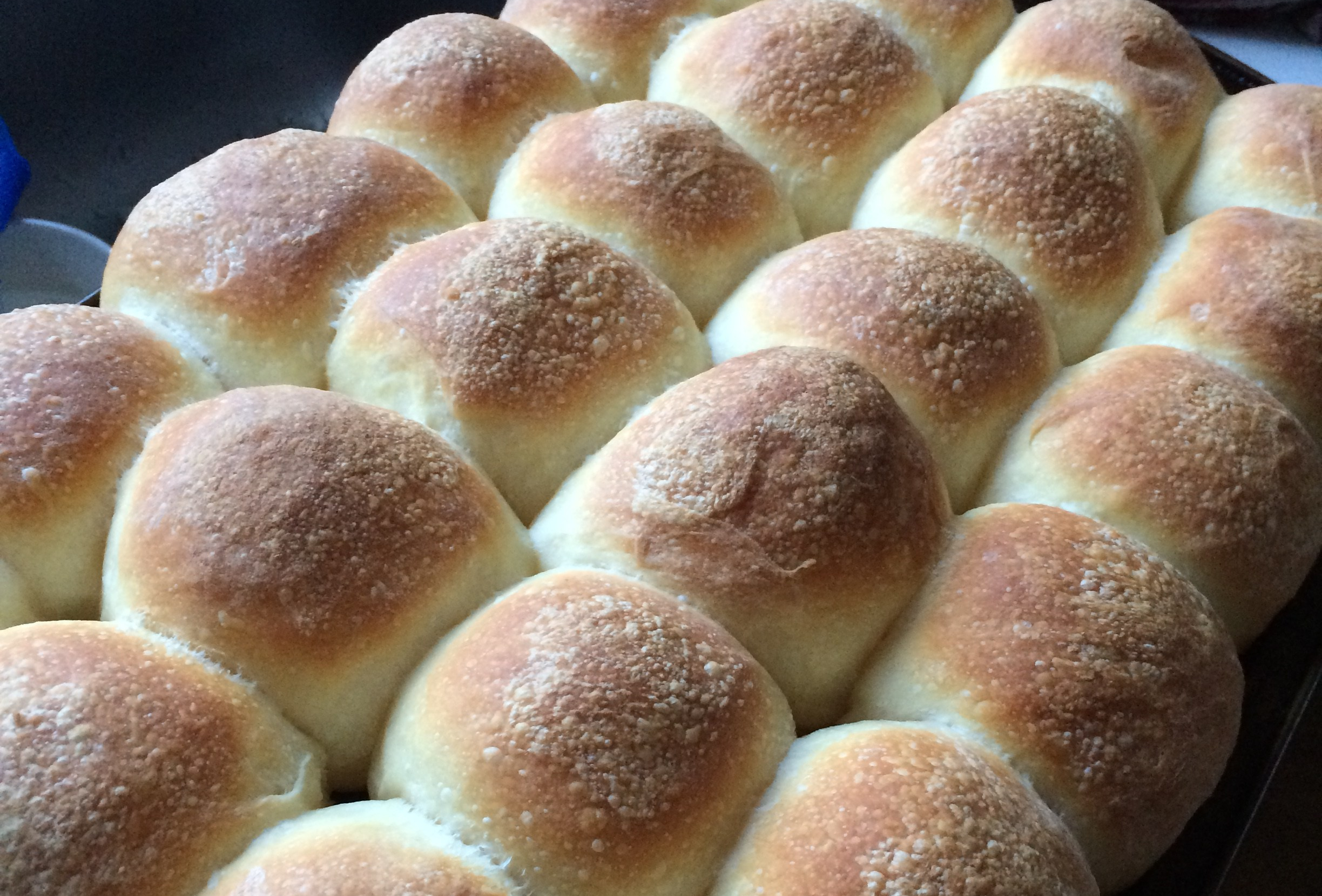 Here are some of the basics of sourdough that I’ve learned.
Here are some of the basics of sourdough that I’ve learned.

